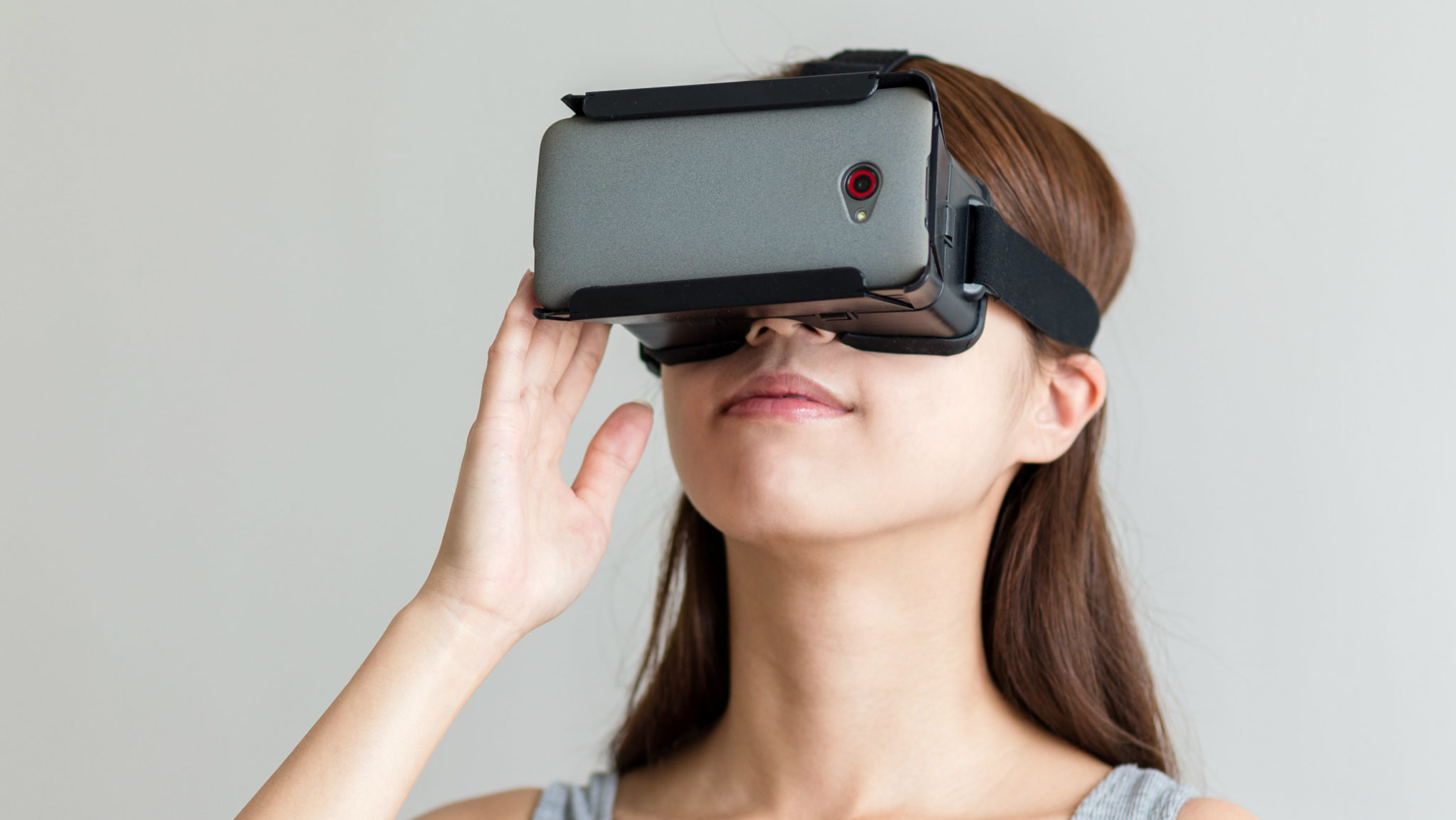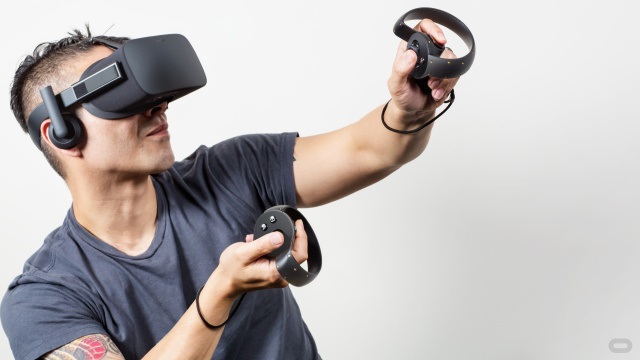Extended reality, or XR, refers to “all real-and-virtual combined environments and human-machine interactions generated by computer technology and wearables.” XR encompasses augmented reality (AR), augmented virtuality (AV) and virtual reality (VR) and all the areas in between them. As we round off 2018, XR applications are expanding and the technology used to power XR is getting better every day. Here are some of the XR trends we can expect in 2019.

Waiting for 5G
One of the few consensuses’ among XR professionals is that widespread adoption of the tech is reliant on better connectivity. The topic was covered in depth at the Mobile World Congress 2018 event where various telecommunications companies like Sprint, and T-Mobile announced plans to build their 5G networks. While many VR and AR programs have already been released to the public it is believed that the upgrade to 5G will make for virtual experiences that demand consumer attention.
According to a study done by ABI Research, “This is where 5G’s significantly faster speeds and lower latency will come to the fore. We anticipate that 5G will bring about “a 10X improvement in throughout, a 10X decrease in latency, a 100X improvement in traffic capacity, and a 100X improvement in network efficiency” over 4G.” While industry insiders have been predicting 5G networks to be up and running for years, it looks like we will finally see these superior networks starting to be established in 2019

CPU to GPU: The Microchip Revolution
Many XR applications are changing the way hardware interacts with software. Graphic intense XR programs require graphic processing units (GPUs) to play a larger role in generating the virtual universe, taking some of the stress off of one’s Computer Processing Unit (CPU). Many software developers are purposefully sending more and more tasks to GPU’s as they are so proficient at running multiple calculations in congruence.
One such developer of advanced XR collaboration services, Tsunami XR, was established to take advantage of the transition from CPU to GPU. When asked about how Tsunami started, President and CEO, Alex Hern said, “The idea came from the realization that as we entered and transitioned from the CPU-driven computer era to the GPU-driven era there was going to be a need for new software applications and platforms. Ones that could leverage the new capabilities made possible by the graphic procession now available on PCs, tablets and mobile devices, ushering in the spatial computing era.”

Tsunami XR develops and delivers software applications that utilize augmented and virtual reality solutions for businesses around the world. Tsunami is designing and delivering tomorrow’s 3D, AR and VR solutions to improve workplace productivity, collaboration and the disbursement of information. Tsunami is serving an array of the world’s top companies in a wide-variety of industries. The XR as a service company is currently looking into AI and machine learning, as well as cloud-based computing for graphics-intense applications and how such tech can be applied to XR, including endpoint devices. Stay tuned through the new year to find out just where Tsunami Xr will take virtual collaboration.









